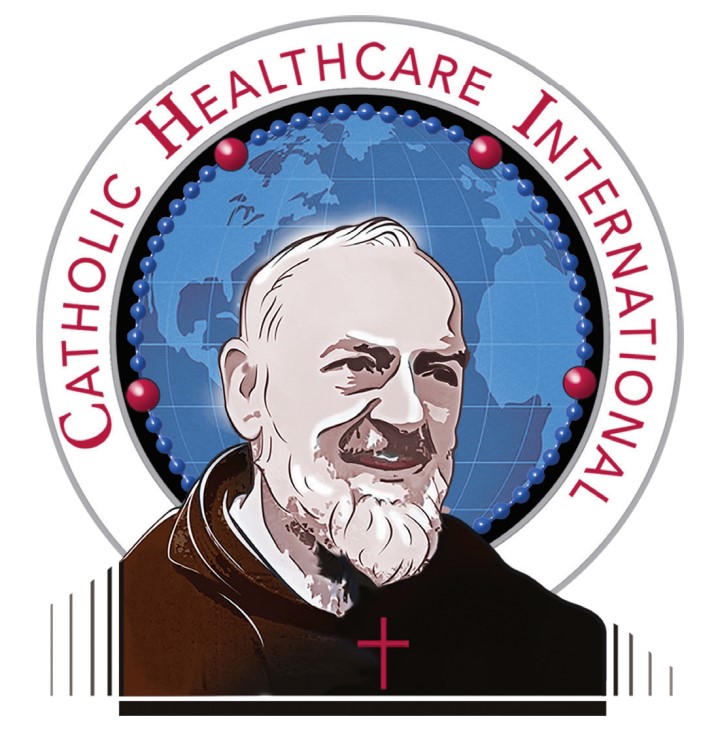Abortions save lives?
In the popular media, particularly following the overturning of Roe v. Wade, we are inundated with the assertion that “abortions save lives,” the implication being if women are unable to get an abortion on demand, there will literally be bodies in the streets. The myriad of hyperbole and creative characterization of the “war on women’s health” is far too voluminous to list here.
Once again, the pro-abortion lobby is hiding behind a premise that, superficially, seems reasonable. After all, surely an abortion should be justified if the mother’s life is endangered by the pregnancy? Most people agree with this and every prohibition of abortion in the US, regardless of how restrictive, allows exceptions when the mother’s life is threatened. The only problem is, this is never the case. The pro-abortion people know this and dishonestly twist every conceivable medical issue involving pregnancy into a medical emergency requiring elective abortion. This is deserving of some time and attention, so let’s look more deeply.
Abortion is both a medical term and a broader term used in non-medical common parlance. In the medical sense, abortion is the early termination of a pregnancy, for any reason, following or resulting in the death of the fetus. Thus, a miscarriage is termed a “spontaneous abortion.” A miscarriage, with a partially retained fetus and/or placenta, is termed “incomplete abortion.” Intrauterine fetal demise, without expulsion of uterine contents, is a “missed abortion.” All these terms are different than “abortion” as used in the common parlance. In this non-medical usage, “abortion” (sometimes also called “elective abortion”), is the elective and intentional ending of a human life to terminate a pregnancy. In the vast majority of circumstances, this is done for convenience, lifestyle, or no particular reason, except as a method of birth control.
But what of the “life of the mother” argument? Using Florida Department of Health Statistics (Florida mandates recording of the reasons for elective abortion and has fairly reliable data), this occurs in 0.2% of cases. Expanding the reason to threatening the health of the mother accounts for an additional 1.48% of abortions. Not exactly bodies in the streets, but is this a legitimate reason?
My education, training and practice are primarily in high-risk anesthesiology and perioperative medicine, especially in adults and children with cardiovascular disease. In 30 years of practice and the care of some 70,000 patients, I have cared for a handful of women with severe cardiac disease who presented to the operating room for labor and delivery, both vaginal and surgical, that is, by Cesarean section. These are usually women who were born with congenital heart defects and who have undergone surgical correction of these defects at some time in the past and are now pregnant. Some of these patients, particularly those who underwent surgery in the early days of congenital heart repair, suffer from very compromised cardiac systems and have severe pulmonary hypertension, that is, high blood pressure in the arteries supplying the lungs. This is an extremely dangerous medical condition, with the heart struggling to keep the patient alive even when not pregnant. The physiologic changes of pregnancy increase the stress on the heart and, in these patients, can result in critical illness and death. Caring for these patients later in pregnancy, and particularly during delivery, requires substantial intensive care management and extraordinary measures, such as heart-lung mechanical support and artificial ventilation. Of the handful of such patients I have cared for, all successfully delivered their children. Unfortunately, not all the mothers survived. Because the cases are rare and the numbers small (5 or 6, out of 70,000) it is hard to draw meaningful conclusions, but about half died. One can make the argument that, perhaps, to protect these women’s lives, definitive steps should have been taken to avoid becoming pregnant, but all whom I have had the privilege of caring for were comfortable with their decision, despite the risk.
In caring for such patients, the physician’s emphasis is just that, caring for the patient. Demise of the child is an unfortunate and, sometimes unavoidable consequence, but the intention is not to kill the child; the intention is to treat the mother. Sometimes delivery must be made at or before viability, but again, the reason is to save the life of the mother and the child still receives the maximal care available. These cases are tragic but exceedingly rare.
Pregnancy is not a disease, but it does alter physiology. Sometimes, pregnancies are complicated by conditions such as preeclampsia, where the mother’s blood pressure can become dangerously elevated, and other problems, like bleeding, can follow. The mother is treated by a premature delivery if medications cannot control the problem. Usually, the child has reached a stage where he/she will survive with intensive care, but the intention remains to treat the mother and support the child as much as possible.
Now, pregnancy does carry some risks, discomforts and inconveniences. This is no different than many conditions or activities. There are some risks with crossing the street, eating steak and driving. Similarly, there are risks with getting a facelift, having a mole removed or getting a flu shot. Like in pregnancy, these are considered to have acceptable risks, given the benefit obtained. To completely avoid the risk of crossing the street, one must stay home. Abortion is not a way to manage the normal risk of pregnancy. This is akin to a bullet behind the ear to treat a brain tumor. Cheap, easy, and effective, but at what cost?
Finally, we should discuss the case of ectopic pregnancies. In the post-Roe-overturn media frenzy, this is disingenuously used as an example of how abortion can be “lifesaving.” An ectopic pregnancy occurs when a fertilized ovum (child/zygote/fetus/clump of cells – pick your favorite term) implants and begins development outside of the uterus, usually in the Fallopian tube. This is a surgical emergency and can lead to the death of the mother if untreated. It usually occurs early in pregnancy and is very painful. The mother must be treated by prompt surgical removal of the ectopic pregnancy and she is sometimes very ill, depending on how quickly she was diagnosed and taken to surgery. The point is, no one – and I mean absolutely no one – terms the removal of an ectopic pregnancy an abortion. To call it so is a very dishonest twist of the language to achieve a dishonest point. In a technical sense, the removal of an ectopic pregnancy will result in the termination of the pregnancy and the death of the child, in the circumstance that the child is alive at the time of surgery. This is a very unfortunate consequence of the treatment of the mother’s serious medical condition, but it is in no way, shape or form, an “abortion” in either the common or medical use of the term. Not one state’s prohibition of abortion, no matter how restrictive, prevents the treatment of ectopic pregnancies. This is further permissible under Catholic principles.
Elective abortion to protect the life of the mother is simply unnecessary. That would require a diagnosis of a severe and rare medical problem that is exacerbated by pregnancy, a complete assurance that carrying the pregnancy to viability will threaten the life of the mother, a failure of contraception, and a thoughtful decision that continuing with the pregnancy is a direct threat to the life of the mother. This does not occur. The physiologic changes of pregnancy, prior to early viability, are such that they would be very unlikely to compromise the mother’s health, even with severe preexisting conditions. The duty of the physician is to treat the mother with delivery of the child at the point that her life is threatened and there are no other medical options. Often, this is at the point of viability, but if not, the child’s death is a tragic consequence of therapeutic intervention for the mother. Every medical decision weighs the benefit to the child versus the risk to the mother. Even in these rare instances, the mother frequently desires to continue the pregnancy along despite the significantly increased risk, as the child’s chance for survival increases with increasing gestational age. Such was the case with the patients whom I cared for, as they heroically chose to continue their pregnancies to later stages in the interest of their children.
All these risk-benefit calculations and treatment strategies aside, each and every State statute regulating or prohibiting abortion, makes an exception in these cases. The 0.2% of abortions (1 out of 500) which take place for these reasons (which is likely an overstated number, as “life of the mother” is broadly interpreted), do not justify an acceptance of the other 99.8% (or 98.3% if the category is broadened to “health of the mother”).
Pregnancy is not a disease.
Abortion is not a cure

George Mychaskiw II, DO, FAAP, FACOP, FASA
Founding President
Saint Padre Pio Institute for the Relief of Suffering
School of Osteopathic Medicine


